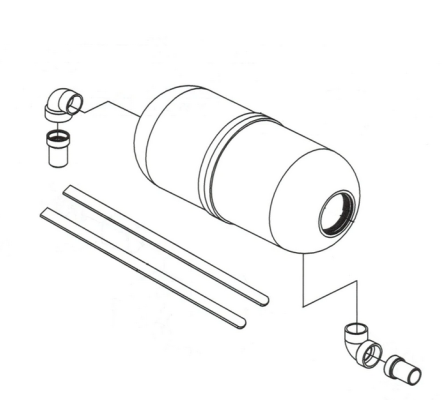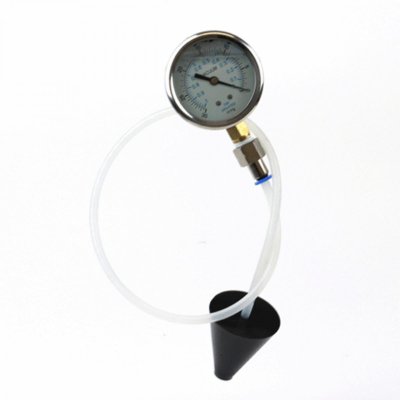Let me start with when the vacuflush system works, I love it. Now that that’s done, I can also say that of all the subsystems I have on my ’93 GB42, the one that I have the most experience in repairing is the vacuflush system. I've owned my boat for 5 years, I have two completely independent vacuflush systems (forward and aft, two pumps, two accumulators, two heads, etc...) feeding a common holding tank and both locations suffer from the same issues, specifically, that there are just WAY too many potential failure points leading to problems; Every gasket, every hose clamp/fitting, every O ring, the bellows piston, essentially anywhere two different components come together is a potential source of a vacuum leak, and all that’s after ensuring that the duckbills are functioning (replace all four of them on each pump every year is a must). Unless you have 10” of vacuum HOLDING, you’ll have a cycling pump. Chasing all these issues is a lifetime job. Unfortunately, I don’t see any way to eliminate the litany of issues, but here’s what I learned/did. I decided to manage the condition vs spending my life working on my toilet system:
1) Before I work on any part of the system, I always add a few pumps of hand soap to the bowl and flush it a few times (assuming it’s not the motor that failed on the pump). Each flush I add a little more soap. It doesn’t take much soap (or more than a few flushes) and pulling apart a “soapy” pump is very much preferred than a, well, not so soapy one….
2) I have purchased “30 second gaming hour glass timers” (from amazon) that guest use to time how long to hold the flush mechanism (ensuring extra water flows through the system each flush) to eliminate the potential of plugs/clogging. In my opinion, you can’t flow enough water through the system on each flush of “solids” to keep the duck bills clear. When people not familiar with the system are on board an extra pump out or two is a much preferred trade off. If people understand the system, they don’t need to use the timer.
3) Now, the most important one and specifically to your original question. When I bought my boat I was fortunate that there are independent vacuflush pump power toggle switches installed at each sink, in each head, so I can control the power to the pumps. I don’t know if that was standard or not, but I do have them. When my pumps cycled constantly my initial fix was to tell everyone to (a) flip the switch on, (b) do your business, (c) wait about 60 seconds after you flush, then (d) flip the switch off. I was very successful with steps a & b, but not so much with steps c & d. Three falls ago (before I started the loop), I swapped out the toggle switches to momentary push button switches and wired in a variable-time delay 12V relay and a 12V LED on each of the two switch cover plates. When someone wants to use the head, they simply press the push button switch, the relay automatically latches applying power to the pump, the LED lights up (showing that the power is applied to the pump) and that’s all they need to do. I have set the relay so that the pump is powered for 6 minutes (then the relay drops out cutting power to the vacuflush pump) and can cycle as much as it needs during that time, but won’t keep running when not needed. PM me if you would like the details on parts/wiring.
I’m happy to say that I’m through the 6,000 mile loop and several boating seasons, I’ve had multiple visitors on board and my toilet problems have all but disappeared. Each time someone uses the head that “popping & whooshing” sound is music to my ears (how sick is that). I’m sure I have minor vacuum seeps that will prevent the 10” of vacuum from holding for prolong periods, but that’s okay for me. The extra water and pump-outs are non-events…. The annual changes of duck bills have even been extended and an occasional failure of a component (switch or bellows or…) will still occur, but I’ve been spending my time boating vs head work. Hope this helps….


